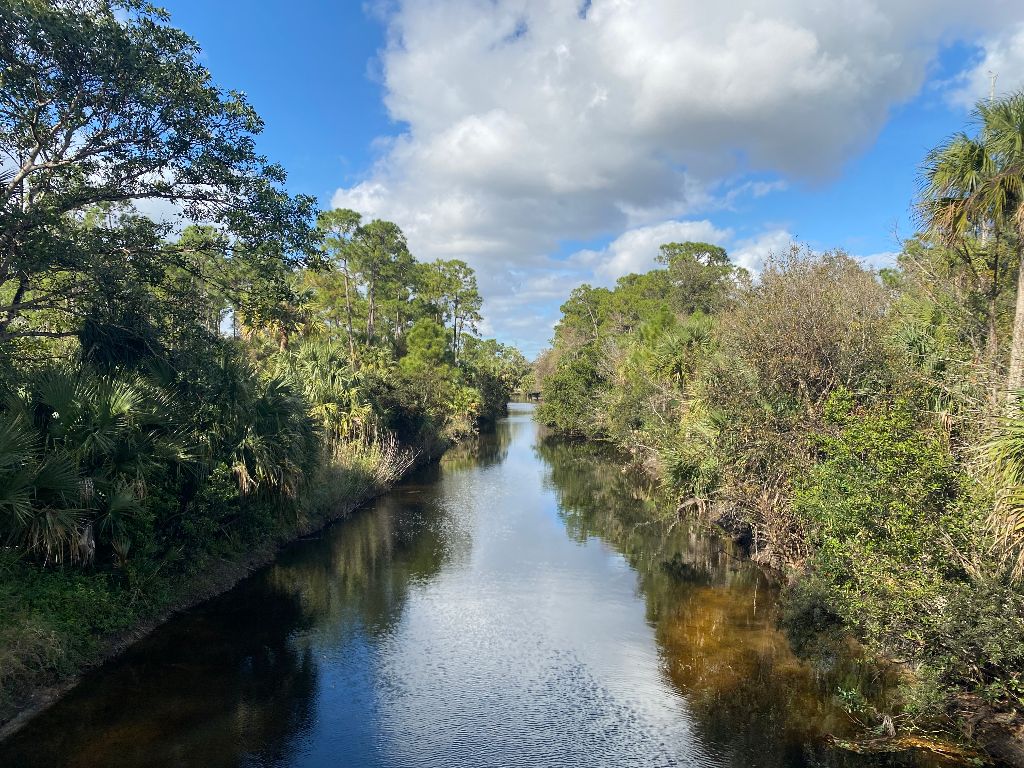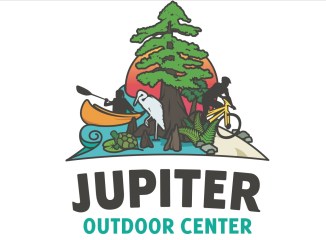THINGS TO DO IN JUPITER — NATIVE PLANTS ON LOXAHATCHEE

4/16/2021
THINGS TO DO IN JUPITER!

SEA GRASS — PRESERVING SEA LIFE
If manatees or sea turtles could talk, one of the first things they would tell you is to preserve sea grass.
Known as shoal grass and Johnson’s seagrass, the seagrass meadows provide refuge for juvenile fish and food for sea turtles and manatees. Like mangroves, sea grass protects the coastline by acting as a buffer against big waves eroding the shore.
Where to find a sea grass meadow on your Things To Do in Jupiter adventure? There’s one right off DuBois Park.
Take a tour with Jupiter Outdoor Center and JOC guides will tell you all about the ecosystem.
DID YOU KNOW?
Thank sea grass for the clarity of the water around a sea grass meadow. Like an aquatic vacuum cleaner, sea grass sucks up nutrients and bacteria, making it easy to spot sea turtles, manatees and other sealife.

